Graphic design for Canva emerged as a game-changer in the age of digital creativity, offering accessible design solutions for the tech-savvy and novices alike. Originally, graphic design required specialized software and extensive expertise, but now Canva democratizes the process with its vast array of templates and tools. Whether you're crafting a sleek presentation or an eye-catching social media post, Canva's user-friendly platform simplifies the design process without sacrificing quality or creativity. Though the idea of graphic design might seem daunting or complex at first, Canva proves it to be intuitive and enjoyable--an indispensable ally for both professionals and hobbyists in today's visually-driven world. Elevate your creative projects with these Canva design strategies and watch your visions come to life.
Canva templates
Graphic design for Canva involves an intricate balance between creativity and functionality, where templates play a pivotal role by serving as versatile foundations for any design endeavor. These templates offer a wide range of pre-designed layouts, enabling users to streamline their creative process while maintaining high aesthetic standards. Canva's extensive library includes templates for various purposes, from social media posts and business presentations to infographics and personal projects, each meticulously crafted to ensure compatibility with Canva's drag-and-drop interface. Designers benefit from unparalleled flexibility as they customize these templates by manipulating elements such as colors, fonts, and images, ultimately producing unique creations that cater to specific branding or personal preferences without deviating from the templates' inherent structural elegance.
Drag-and-drop interface
Canva's drag-and-drop interface revolutionizes the graphic design experience by providing users with an intuitive and seamless platform. Users can effortlessly position and arrange elements, such as images, text, and icons, by simply dragging them from a well-organized toolbar directly onto their canvas. This method eliminates the complexities of layering and traditional design forms, allowing even novice designers to produce professional-quality graphics with minimal effort. The platform's real-time adjustments, aided by snap-to-grid functionality, ensure precise alignment and symmetry, enhancing the design's overall polish and aesthetic appeal.
Branding assets
Graphic design on Canva for branding assets involves creating cohesive visual representations that convey the organization's identity and values through strategically chosen elements. These assets include a blend of logos, color palettes, typography, and imagery that are meticulously crafted to ensure consistency across all platforms and media, thereby enhancing brand recognition and loyalty. The designer would utilize Canva's intuitive interface and comprehensive library of templates and design elements, which facilitates the seamless alignment of the visual assets with the brand's core message and aesthetic aspirations. Additionally, maintaining versatility and scalability is crucial, allowing for the assets to be adapted for various applications--from social media banners to printable materials--ensuring that the brand's visual presence remains impactful and professional, regardless of the format or medium.
Design elements
Canva's graphic design platform offers a diverse array of design elements that cater to both novice and seasoned designers. Each element provides unique opportunities for creativity, ranging from basic shapes, lines, and frames to more sophisticated options like icons, illustrations, and charts. Text elements in Canva allow for customization through various fonts, sizes, and colors, enabling designers to align the textual content perfectly with the intended visual theme. The integration of stock images, backgrounds, and the ability to upload personal graphics further enhances the versatility, making the creative process not only simple but also limitless when assembling visually stunning projects.
Font pairing
Font pairing in Canva involves curating harmonious typefaces to enhance the visual appeal and readability of a design. Selecting complementary fonts means choosing a combination that strikes a balance between contrast and cohesion, like pairing a bold serif like Playfair Display with a clean sans-serif such as Montserrat. Designers must consider the hierarchy of text elements, ensuring headings, subheadings, and body text have distinct yet interconnected typographic identities to guide the viewer's attention intuitively. Contextual factors like the project's tone, the audience's preferences, and the cultural interpretations of fonts play crucial roles in achieving an aesthetically pleasing and functional design on Canva's versatile platform.
Color palette
When crafting a graphic design using Canva, selecting a cohesive color palette is crucial in conveying the right mood and message. A designer might start by choosing a primary color that aligns with the project's branding or theme, whether it's a corporate blue to exude professionalism or a vibrant red for energy and passion. Complementary and analogous colors can then be introduced to create depth and harmony, ensuring the design feels balanced and visually appealing. Utilizing Canva's color wheel tool allows designers to experiment with shades, tints, and tones, facilitating the creation of a palette that not only captivates viewers but also enhances brand recognition and emotional impact.
Image library
Canva's image library is an extensive repository of over a million high-quality photos, illustrations, and vectors designed to cater to various creative needs. The platform offers a diverse selection that ranges from abstract concepts to realistic depictions, ensuring every design project's visual aspects are covered. Users can efficiently search for images by simply utilizing relevant keywords, filters, and categories, making the design process seamless and intuitive. Regular updates and additions to the library ensure it stays current with design trends, providing users with the freshest visual content to enhance their creative projects.
Graphic customization
Graphic customization in Canva involves a plethora of tools and features that allow designers to adapt and modify premade templates to fit specific brand needs or creative visions. Color palettes can be finely tuned, along with the ability to upload unique brand fonts and logos, ensuring a consistent and personalized visual identity across all graphics. Advanced options such as the drag-and-drop builder, element resizing, transparency adjustments, and layer management provide flexibility and precision, enabling users to curate a distinct aesthetic that resonates with their target audience. Moreover, Canva's vast library of illustrations, photos, and icons can be directly integrated into designs, which when combined with custom elements like filters and text effects, empowers designers to create highly customized and engaging graphics.
Canva Pro features
Canva Pro offers a comprehensive suite of features that dramatically enhances the graphic design process, allowing for greater creativity and efficiency. Unlimited access to a diverse library of premium templates aids designers in crafting attention-grabbing visuals effortlessly. Advanced functionalities like Magic Resize enable users to instantly adapt designs to multiple dimensions, ensuring consistency across various social media platforms without manual tweaking. Access to custom fonts, premium photos, and intricate design elements elevates the quality of designs, catering to both personal expression and professional branding needs with unparalleled flexibility.
Design collaboration tools
Design collaboration tools on Canva have revolutionized the creative workflow, offering an array of features that facilitate seamless collaboration among team members. These tools allow users to share designs with specific permissions, such as editing rights or view-only access, ensuring that everyone involved can contribute effectively while maintaining design integrity. Real-time editing capabilities enable multiple team members to work concurrently without the delays of version control issues, streamlining the revision process and accelerating project timelines. The integration of comment threads and feedback tools within designs further enhances communication, allowing designers and stakeholders to discuss changes precisely where they need to be made, which fosters a more dynamic and interactive design process.






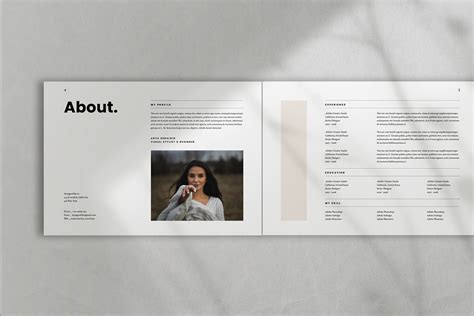
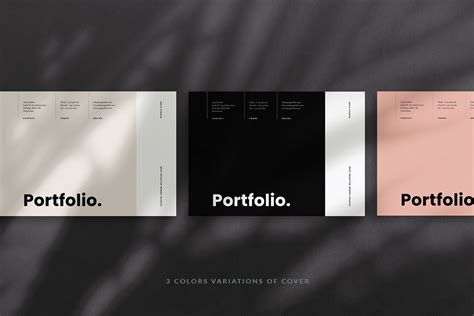
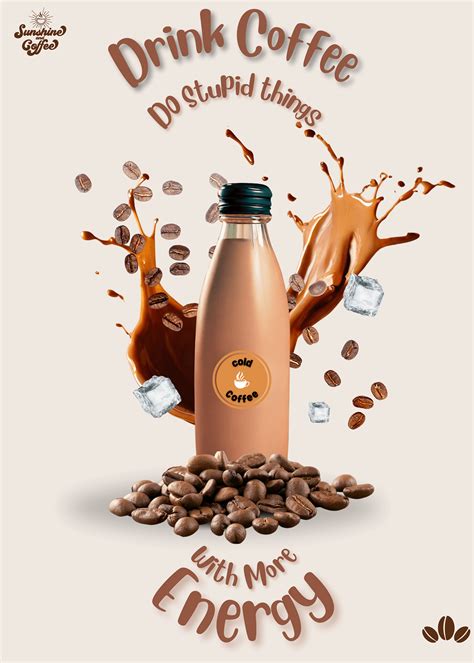
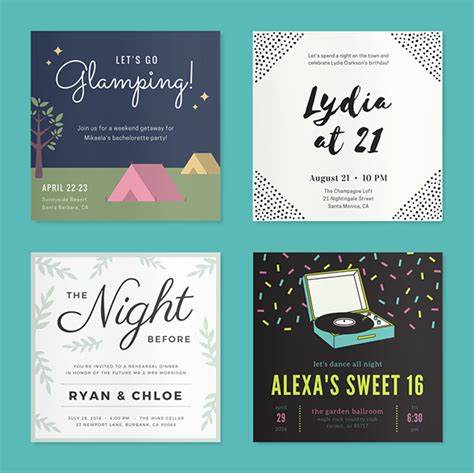
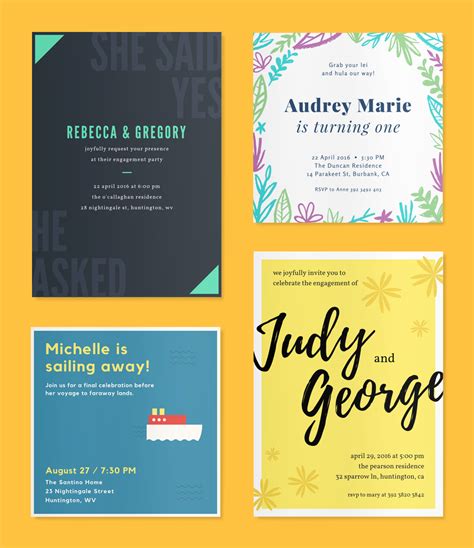
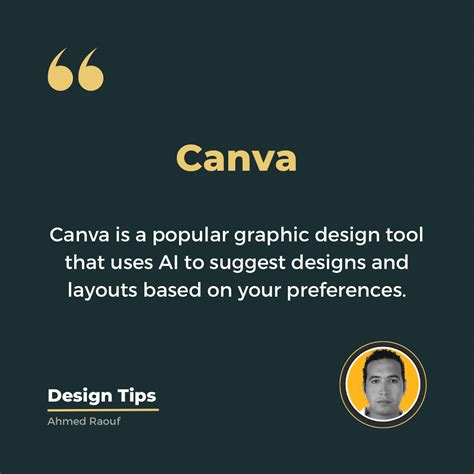
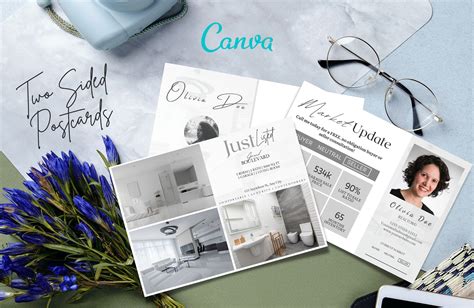

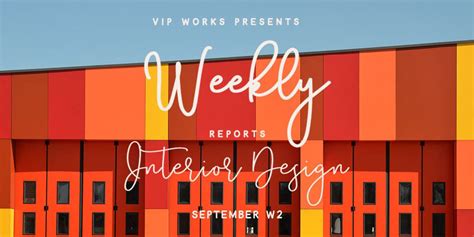
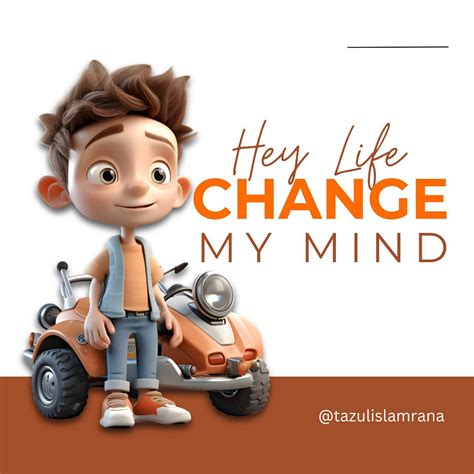
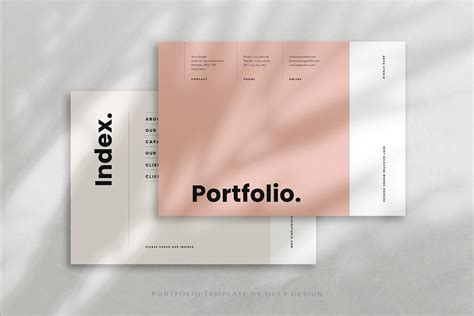



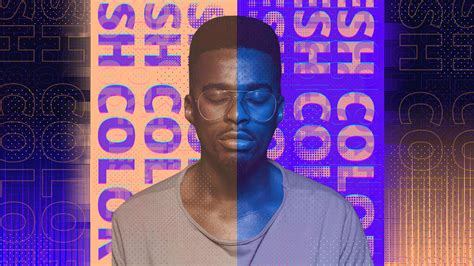


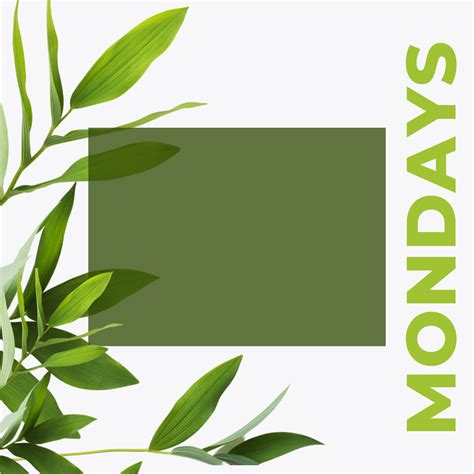
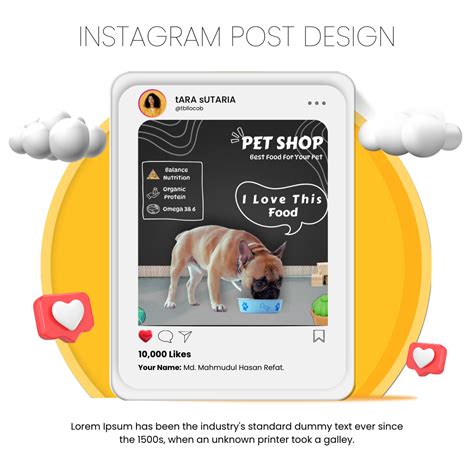
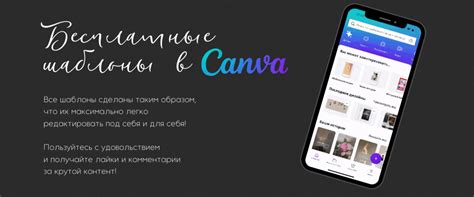
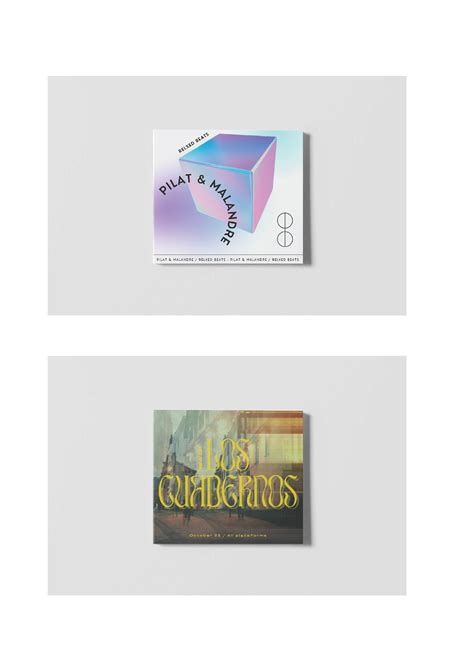

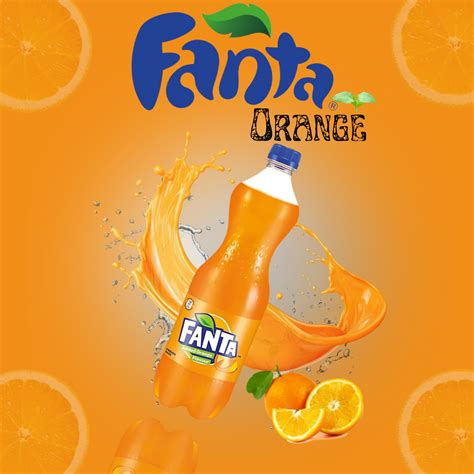




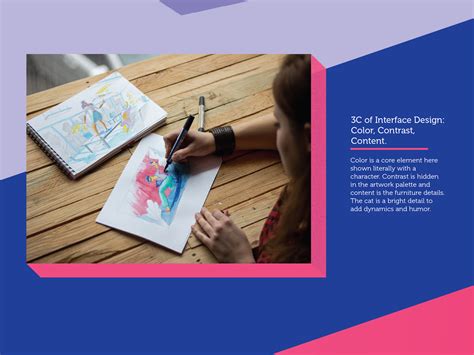
Leave a Reply
Your email address will not be published.